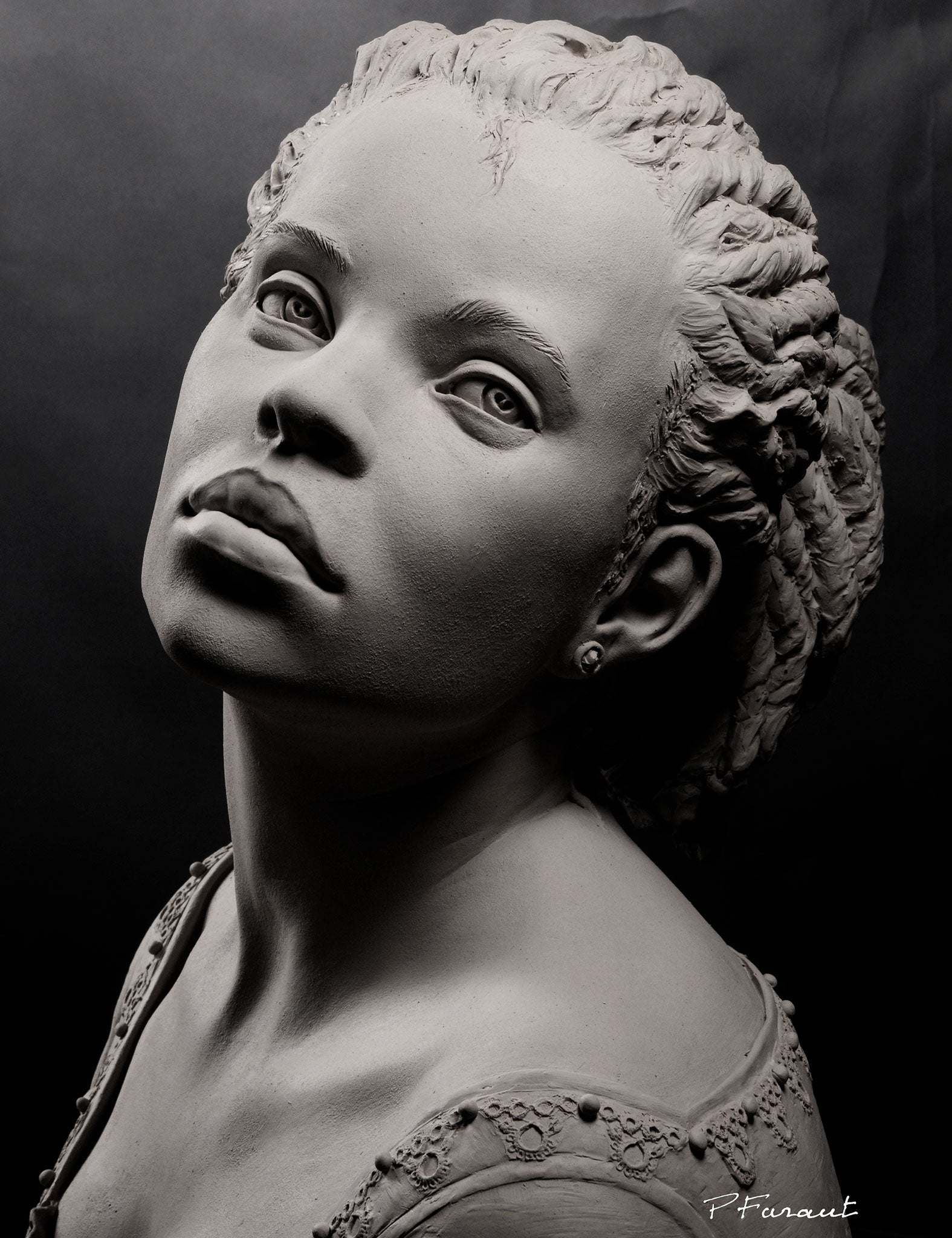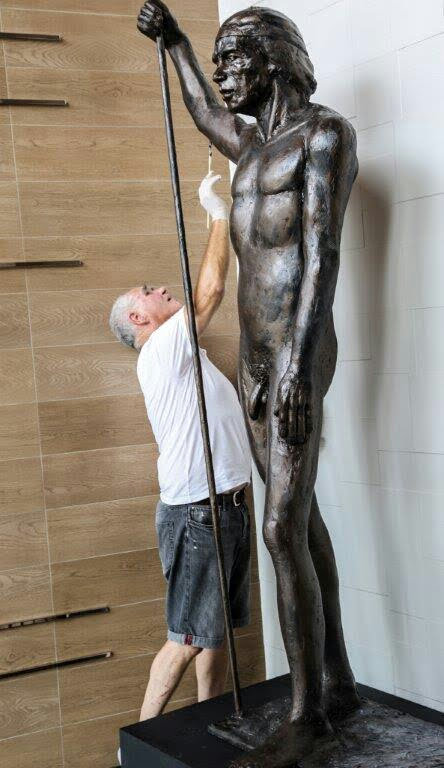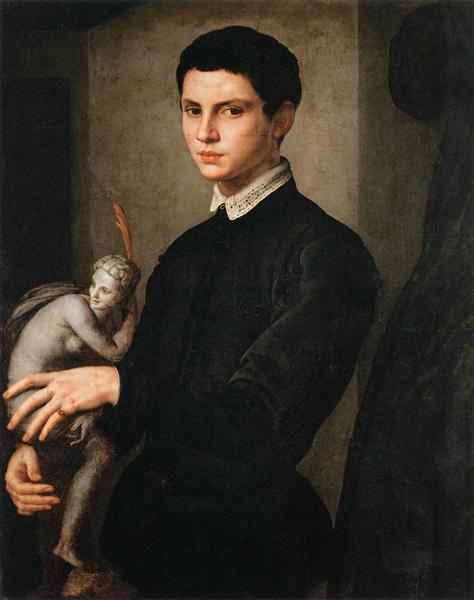Crafting Expressions: The Unique Artistry of a Portrait Sculptor
Wiki Article
Sculpting the Human Form: Portrayals of the Body in Sculpture
Shaping the Human Type: Portrayals of the Body in Sculpture is a detailed exploration of the creative representation of the human body throughout history. This exhibition looks into the various techniques, styles, and social viewpoints that have actually formed the method artists have portrayed the human form in sculpture. From the beautiful marble sculptures of ancient Greece to the intricate work of arts of the Renaissance, from the flamboyant and ornate Baroque and Rococo sculptures to the progressive and abstract expressions of modern-day and modern sculpture, this exhibit provides a captivating trip via the advancement of this ageless art form - Portrait Sculptor. By checking out the diverse analyses and representations of the human body, visitors will obtain a deeper understanding of the artistic, cultural, and social impacts that have formed our assumption of the human form.Ancient Greek Sculptures

One of the defining attributes of Old Greek sculptures is their focus on proportion. Each part of the body is meticulously crafted to be symmetrical to the whole, producing a feeling of equilibrium and consistency. The artists paid mindful focus to every information, from the positioning of muscular tissues to the positioning of arm or legs, making sure that each number showed up both powerful and stylish.
The Greeks likewise valued the idea of idealized appeal. Instead than illustrating the flaws and problems of the human type, they sought to produce an idealized version of reality. The sculptures frequently portrayed sirens, gods, and professional athletes, with their bodies shaped to perfection. Equine Sculptures. This idyllic portrayal of the human type not just celebrated physical charm yet also served as a method of motivating and uplifting the customer.
Renaissance Masterpieces
Proceeding the expedition of the representation of the human kind in sculpture, Renaissance work of arts further refine the idealized concept of charm, building upon the unified and in proportion percentages of their Old Greek precursors. Throughout the Renaissance duration, which extended from the 14th to the 17th century in Europe, musicians looked for to revitalize the timeless perfects of old Greece and Rome. They examined and mimicked the works of the ancient masters, pursuing a reasonable representation of the human body.
His work of art, the sculpture of David, exemplifies the perfection and elegance that came to be identified with Renaissance art. Standing at over 17 feet high, the sculpture represents the biblical hero in a state of calm prior to his fight with Goliath.
Another notable Renaissance artist was Donatello. His sculpture of Saint George, produced in the early 15th century, showcases the musician's capability to convey toughness and the aristocracy through the human kind. The sculpture portrays the fabulous dragon-slaying saint in a positioned and confident position, emanating a sense of heroism.
Renaissance work of arts not only commemorated the physical appeal of the human body yet also shared deeper emotions and meanings. Through their thorough focus to information and experienced craftsmanship, Renaissance carvers raised the art of sculpture to new heights, leaving an enduring heritage that remains to motivate musicians to today.
Baroque and Rococo Sculpture
Rococo and baroque sculpture exemplifies the elaborate and elegant representation of the human kind during the 17th and 18th centuries. Defined by its significant and vibrant style, Baroque sculpture intended to mesmerize visitors with its majesty and emotional intensity. Artists such as Gian Lorenzo Bernini and Alessandro Algardi produced sculptures that communicated motion, usually showing figures in dramatic presents. Making use of light and darkness better improved the feeling of drama, producing a theatrical impact.
Rococo sculpture, on the other hand, arised as a reaction to the grandiosity of the Baroque duration. They typically represented numbers in sensuous and stylish poses, reflecting the laid-back and wayward nature of the Rococo style.
Both Baroque and Rococo sculpture positioned a fantastic emphasis on the human form, celebrating its beauty and sharing an array of emotions - Equine Sculptures. Whether it was the effective and vibrant numbers of the Baroque or the elegant and enchanting numbers of the Rococo, these sculptures captured the significance of the human experience, leaving an enduring effect on the art globe
Modern and Contemporary Sculpture
The development of forming the human kind continues in modern and modern sculpture. Modern sculpture emerged in the late 19th century as an action to the transforming political and social landscape.In the 20th century, the surge of abstraction and theoretical art brought new opportunities for artists. Musicians like Henry Moore and Barbara Hepworth checked out the relationship in between kind and area, creating abstracted and natural figures that challenged conventional concepts of representation. Moore's huge bronze sculptures and Hepworth's sculpted rock jobs are celebrated for their ingenious usage of materials and their ability to stimulate a feeling of the body in a non-literal way.
Contemporary sculpture remains to press the limits of representation and explore new materials and strategies. Musicians like Antony Gormley and Ron Mueck develop hyper-realistic sculptures that test our assumption of the body, while others, such as Louise Bourgeois and Kiki Smith, utilize the body as a metaphor for individual and collective experiences. The human form remains an effective subject in sculpture, supplying a platform for artists to explore identity, emotion, and the human problem.
Social Point Of Views on the Body

In the exploration of shaping the human form, the examination of cultural point of views on the human body discloses a diverse and abundant tapestry of analyses and depictions. Throughout background, different cultures have actually held distinct beliefs and values pertaining to the body, causing distinct creative expressions - Robert C Hitchcock Sculptor. These social perspectives form the method the human body is shown and viewed in sculpture, reflecting societal norms, religions, and aesthetic suitables
As an example, old Greek sculptures commemorated the idealized human type, emphasizing physical elegance and athleticism. The sculptures represented gods, heroes, and athletes with perfectly proportioned bodies, personifying the Greek principle of physical excellence. In contrast, ancient Egyptian sculptures focused on the conservation of the body in the afterlife, portraying figures with idealized features and stiff postures. The Egyptians believed that the body ought to be presented in a manner that ensured its everlasting existence.
Similarly, cultural viewpoints on the human body in African art typically emphasize public identification and spiritual beliefs (Portrait Sculptor). Sculptures from numerous African societies portray the body with exaggerated features, signifying cultural worths and ancestral links. Aboriginal cultures in the Americas additionally have special point of views on the human body, commonly portraying it in a spiritual context and emphasizing the connection in between people and nature
The examination of cultural viewpoints on the human body in sculpture permits us to acquire understanding into the worths, beliefs, and aesthetics of different cultures throughout history. It highlights the variety of human experiences and the ways in which art shows and forms our understanding of the human form.

Conclusion
To conclude, the representation of the human body in sculpture has actually progressed over time, mirroring different artistic activities and cultural viewpoints. From the idealized numbers of Ancient Greek sculptures to the emotive and sensible Renaissance masterpieces, and the complex details of Baroque and Rococo sculptures, to the abstract and click for source speculative forms of contemporary and modern sculpture. The human body has actually been a subject of attraction and artistic exploration throughout background, showcasing the diverse analyses and expressions of the human form.Shaping the Human Kind: Portrayals of the Body in Sculpture is a thorough exploration of the creative depiction of the human body throughout history. From the charming marble sculptures of ancient Greece to the elaborate work of arts of the Renaissance, from the flamboyant and ornate Baroque and Rococo sculptures to the progressive and abstract expressions of modern and contemporary sculpture, this event offers a fascinating trip through the development of this ageless art kind. Artists like Antony Gormley and Ron Mueck produce hyper-realistic sculptures that test our assumption of the human body, while others, such as Louise Bourgeois and Kiki Smith, use the body as a metaphor for individual and cumulative experiences. The human type continues to be an effective subject in sculpture, supplying a system for musicians to explore identity, emotion, and the human problem.
From the idealized figures of Old Greek sculptures to the practical and emotive Renaissance masterpieces, and the complex information of Baroque and Rococo sculptures, to the abstract and speculative kinds of modern and contemporary sculpture.
Report this wiki page